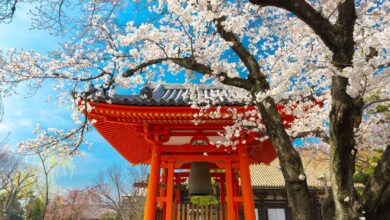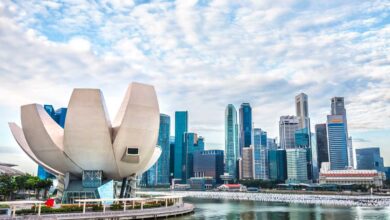Top 10 Must-Visit Attractions in Jaipur
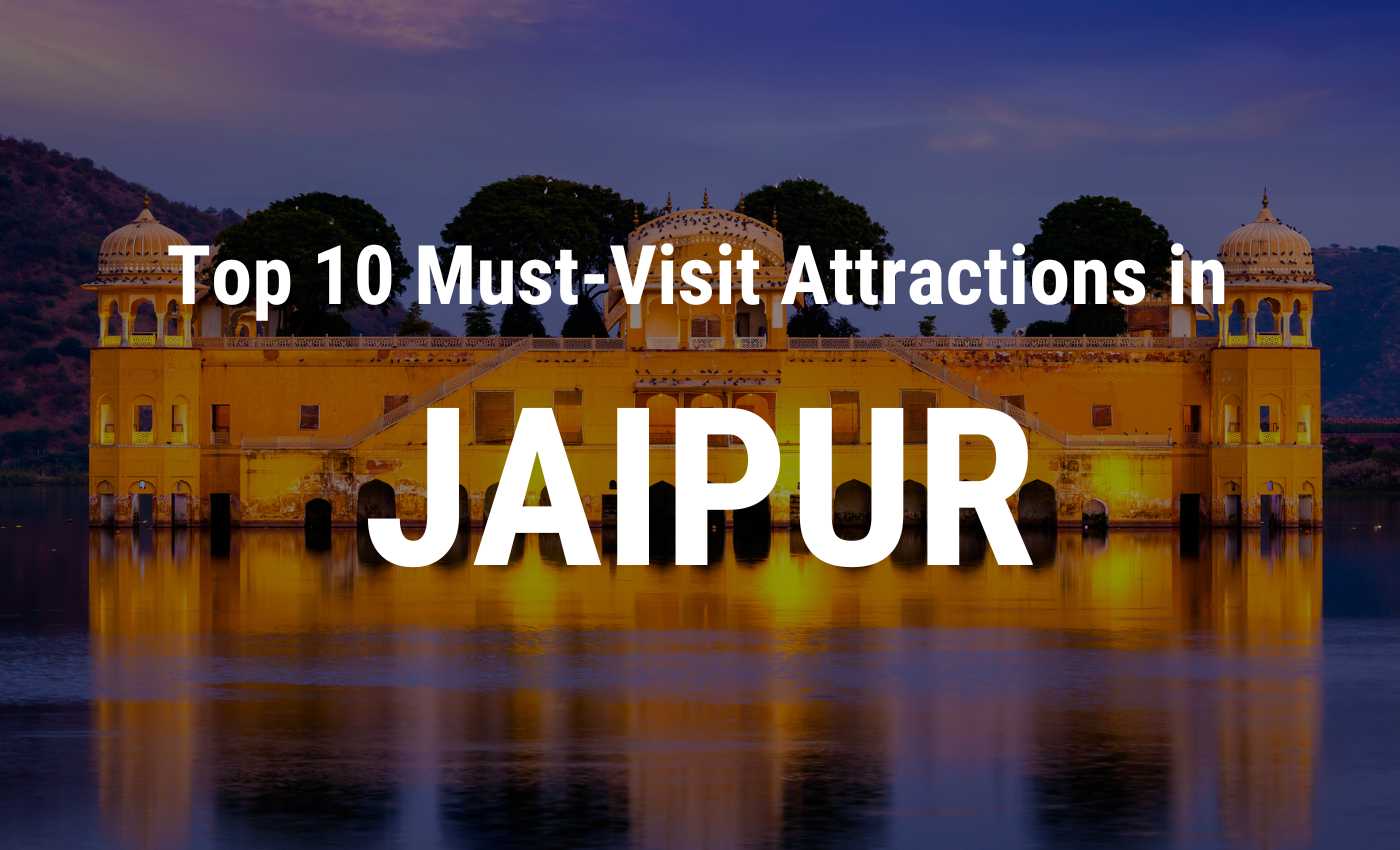
|
Getting your Trinity Audio player ready...
|
Jaipur, the vibrant capital of Rajasthan, India, is a city steeped in history, culture, and architectural splendor. Known as the “Pink City” for its distinct pink-hued buildings, Jaipur is a treasure trove of historical landmarks, grand palaces, and vibrant bazaars.
Whether you’re a history buff, a culture enthusiast, or simply a traveler seeking breathtaking sights, Jaipur offers a diverse array of attractions that promise an unforgettable experience. Here’s a guide to the top 10 must-visit attractions in this enchanting city.
Amber Fort (Amer Fort)
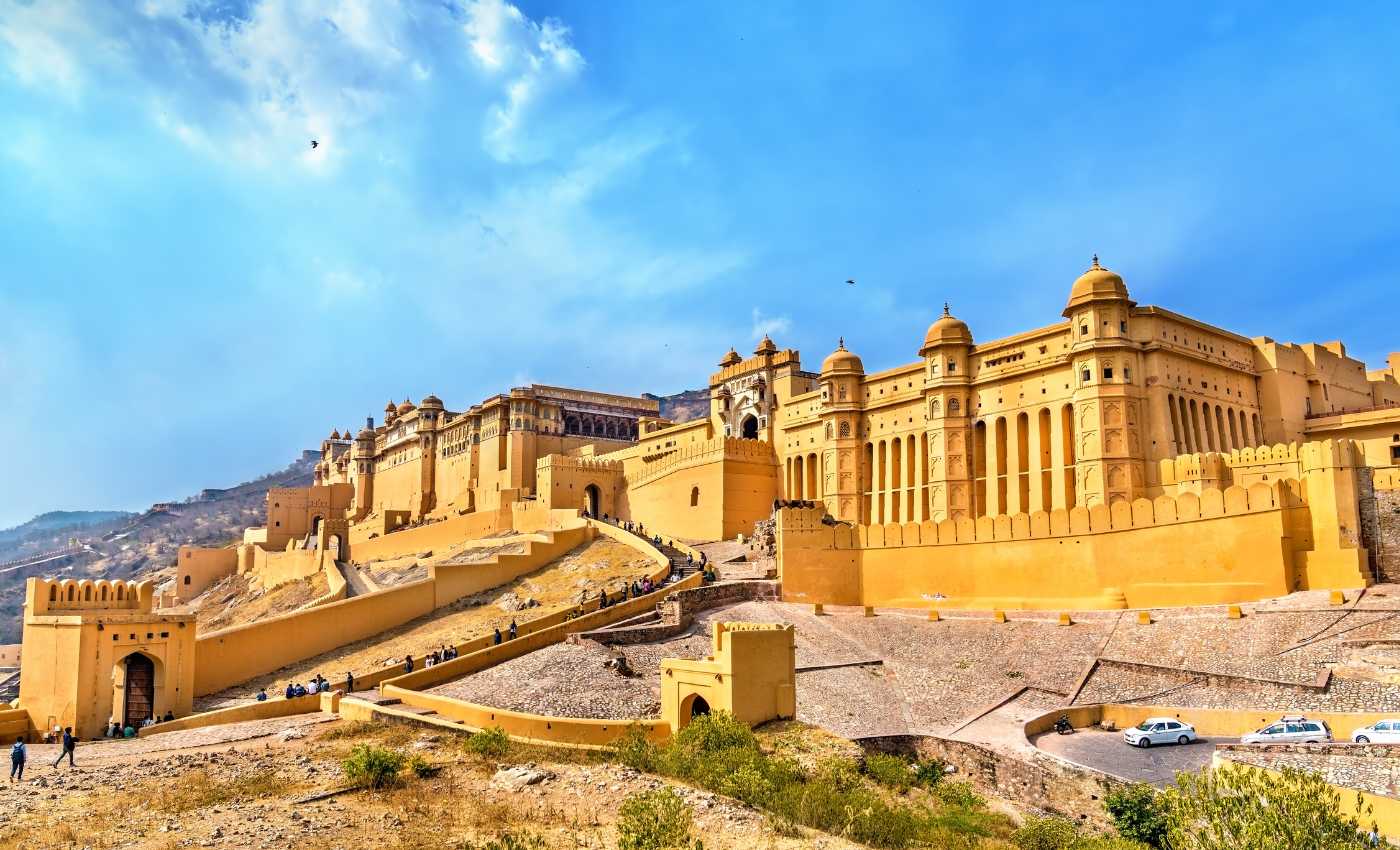
Perched atop a hill, Amber Fort is a majestic example of Rajput architecture. Built in the 16th century by Raja Man Singh, this fort boasts a blend of Hindu and Mughal styles. The fort’s grandeur is reflected in its impressive courtyards, intricately decorated halls, and stunning views of the surrounding landscape. Highlights include the Sheesh Mahal (Mirror Palace), where walls and ceilings are adorned with mirrors that create a dazzling effect.
Read Also : Exploring Rajasthani Heritage: Best Places To Visit Near Sikar Rajasthan
City Palace
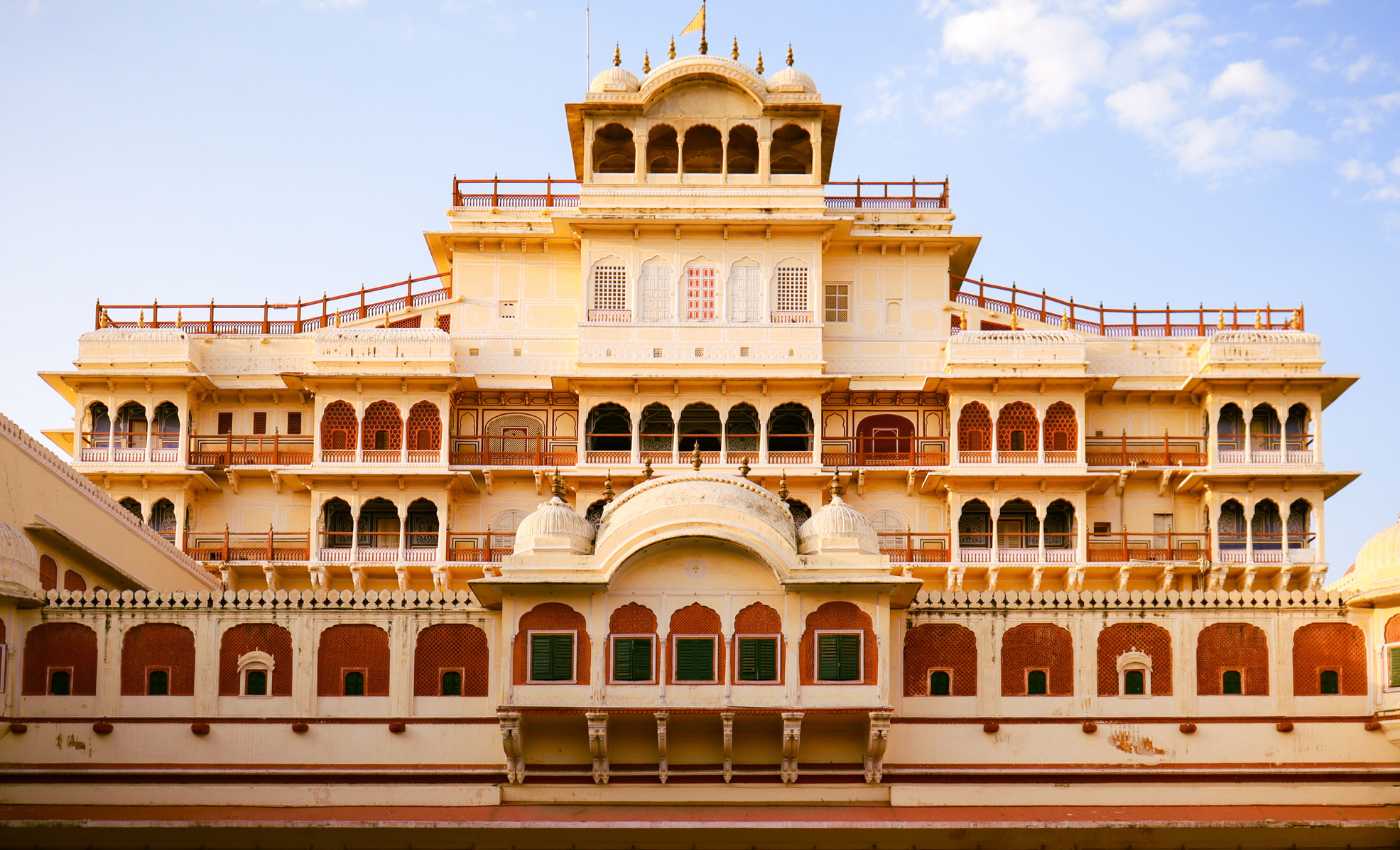
The City Palace, located in the heart of Jaipur, is a magnificent complex that showcases the opulence of the Rajput rulers. Constructed by Maharaja Sawai Jai Singh II, the palace is a blend of Rajasthani and Mughal architectural styles. The palace complex houses several courtyards, gardens, and museums, including the Maharaja Sawai Man Singh II Museum, which exhibits a vast collection of royal artifacts, including costumes, weapons, and paintings.
Hawa Mahal
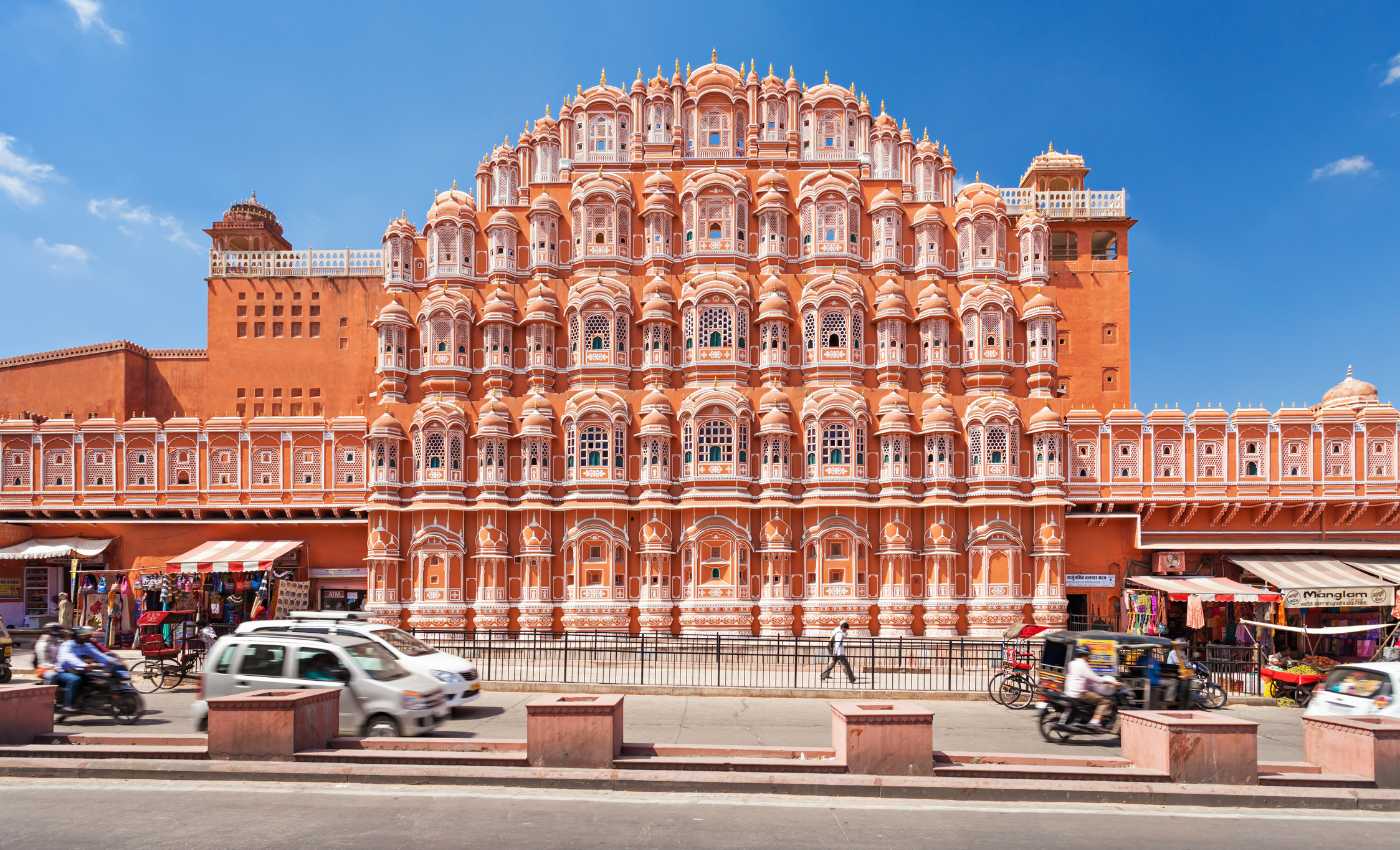
Known as the “Palace of Winds,” Hawa Mahal is one of Jaipur’s most iconic landmarks. Built in 1799 by Maharaja Sawai Pratap Singh, this unique five-story structure is renowned for its honeycomb-like façade and 953 small windows or “jharokhas.” The palace was designed to allow royal women to observe street festivities and daily life without being seen. The intricate latticework and vibrant pink façade make it a must-see for any visitor.
Jantar Mantar
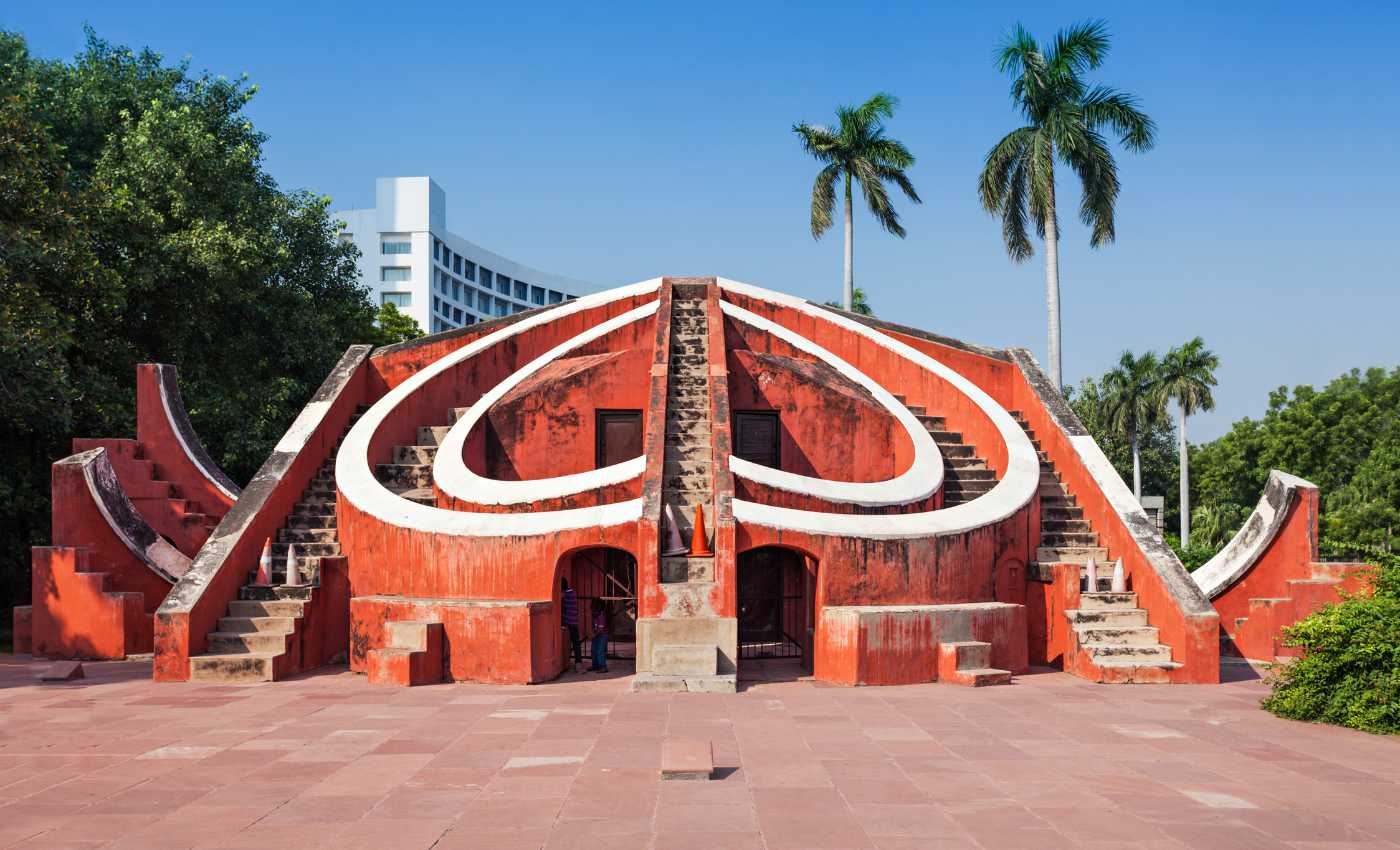
Jantar Mantar, an astronomical observatory built in the 18th century by Maharaja Sawai Jai Singh II, is a UNESCO World Heritage site. The observatory features a collection of impressive instruments designed to measure time, track celestial bodies, and observe astrological events. Key instruments include the Samrat Yantra (giant sundial) and the Jai Prakash Yantra (instrument for measuring the position of celestial bodies).
Nahargarh Fort
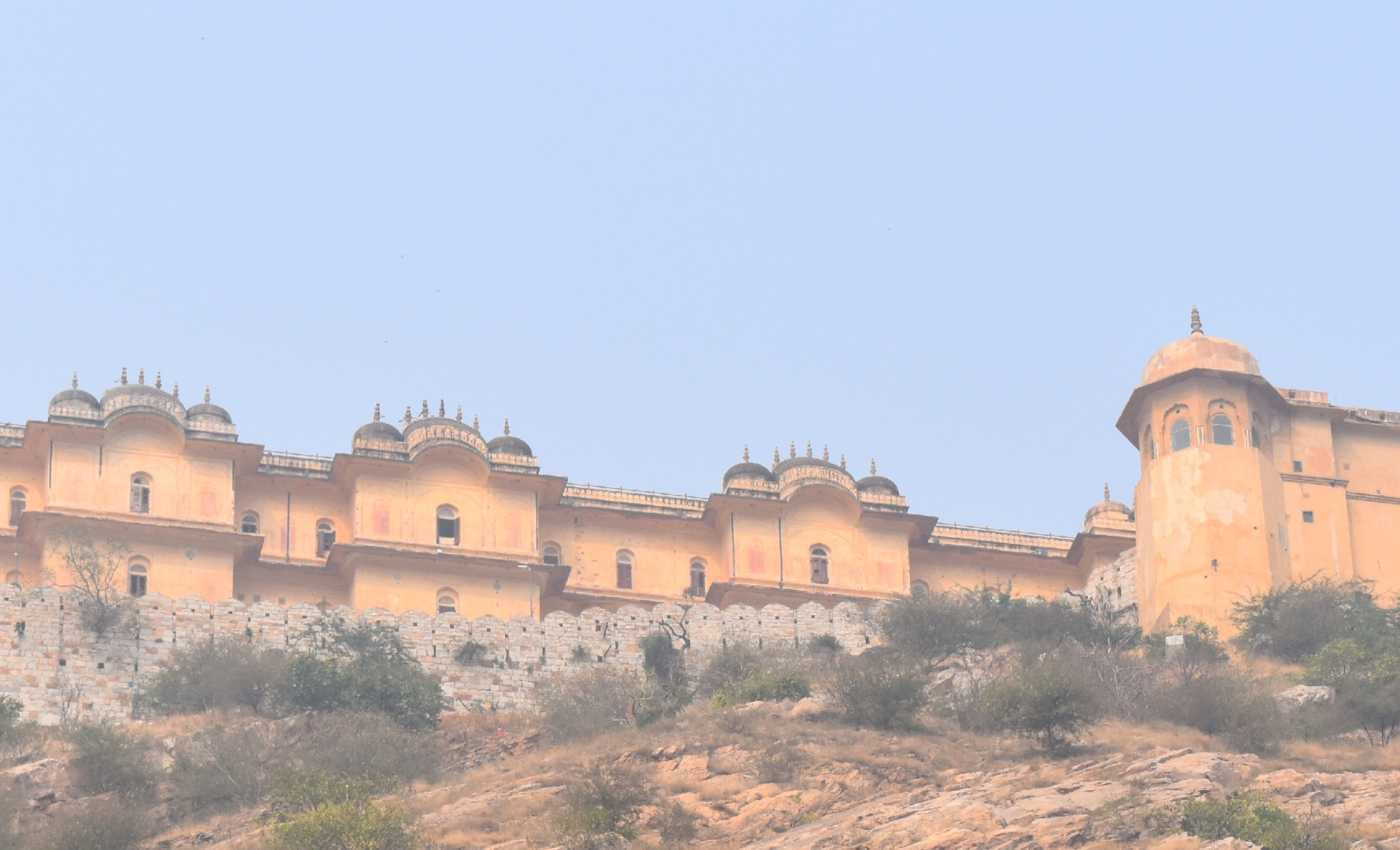
Perched on the Aravalli hills, Nahargarh Fort offers panoramic views of Jaipur and the surrounding landscape. Built in 1734 by Maharaja Sawai Jai Singh II as a retreat, the fort is known for its charming architecture and picturesque setting. The fort’s rooms are adorned with beautiful frescoes and its terrace provides a stunning vantage point to watch the sunset over the city.
Jaigarh Fort
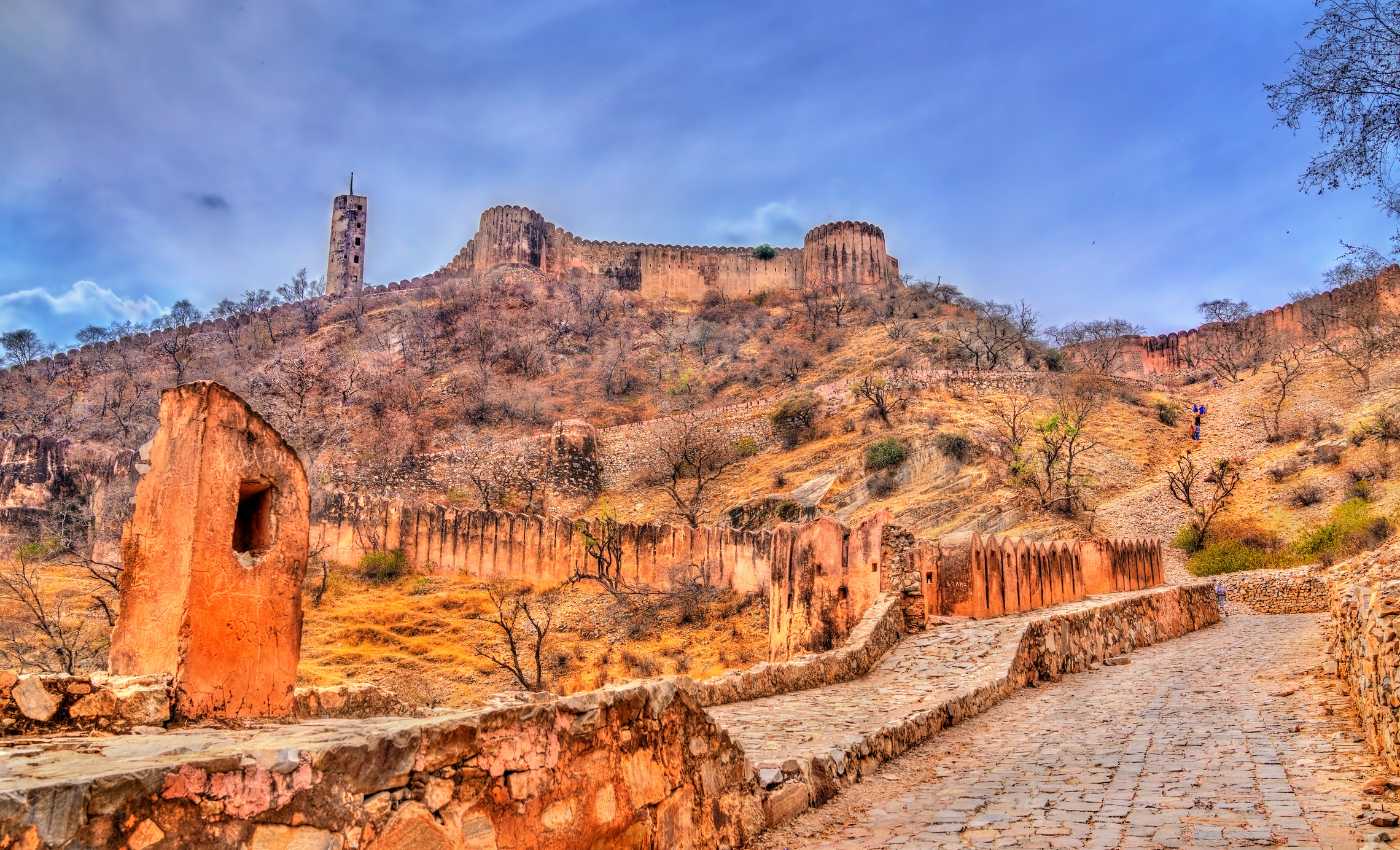
Jaigarh Fort, also known as the “Fort of Victory,” is renowned for its formidable architecture and impressive defensive structures. Constructed in 1726 by Maharaja Sawai Jai Singh II, the fort is famous for housing the world’s largest cannon on wheels, the Jaivana. The fort offers stunning views of the surrounding landscape and provides insights into the military history of the Rajput era.
Albert Hall Museum
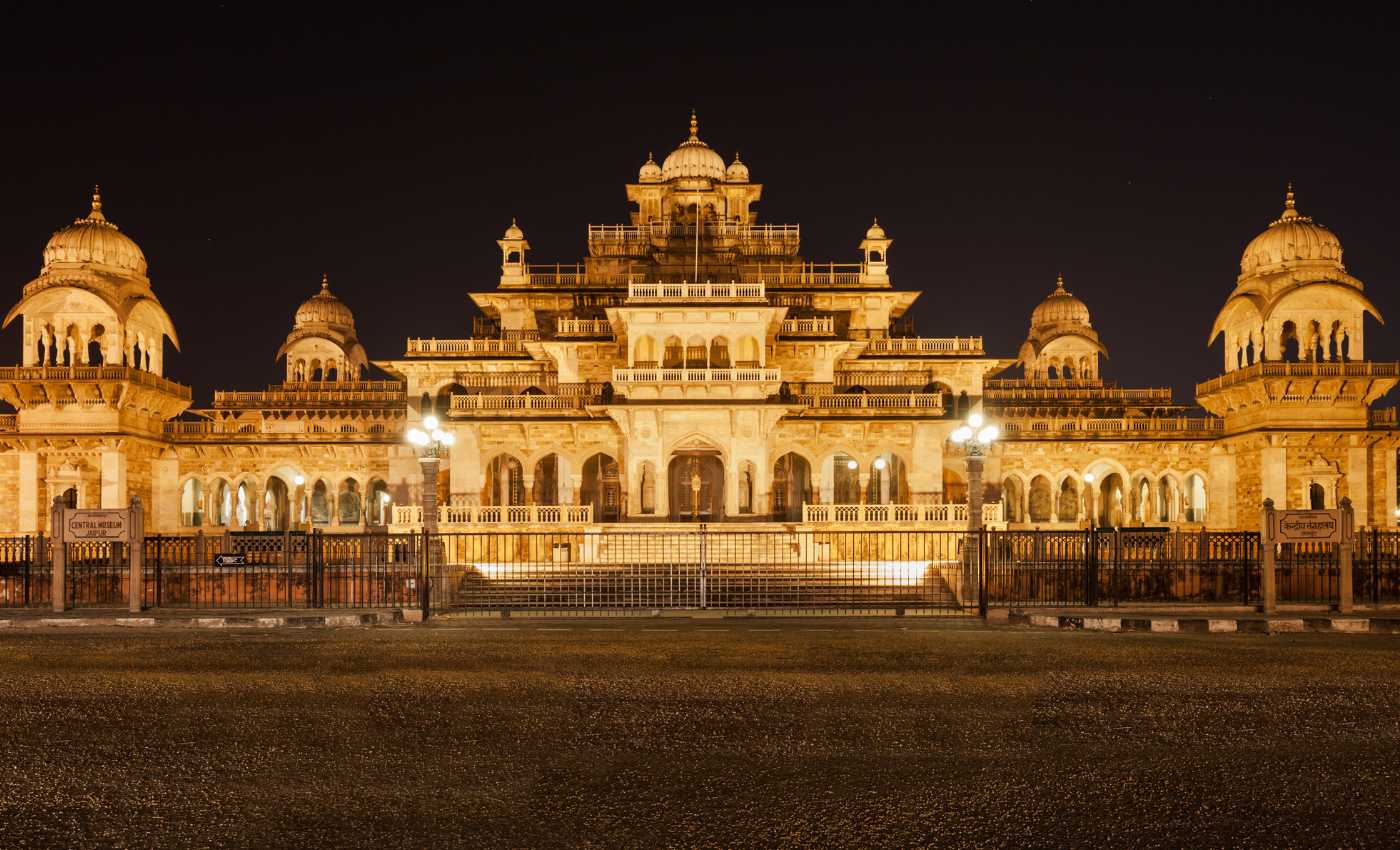
The Albert Hall Museum, also known as the Government Central Museum, is Jaipur’s oldest museum and an architectural gem. Designed by Sir Samuel Swinton Jacob in 1880, the museum features a blend of Indo-Saracenic and Moorish architectural styles. It houses an extensive collection of artifacts, including ancient sculptures, paintings, coins, and textiles, providing a comprehensive overview of Rajasthan’s cultural heritage.
Jal Mahal
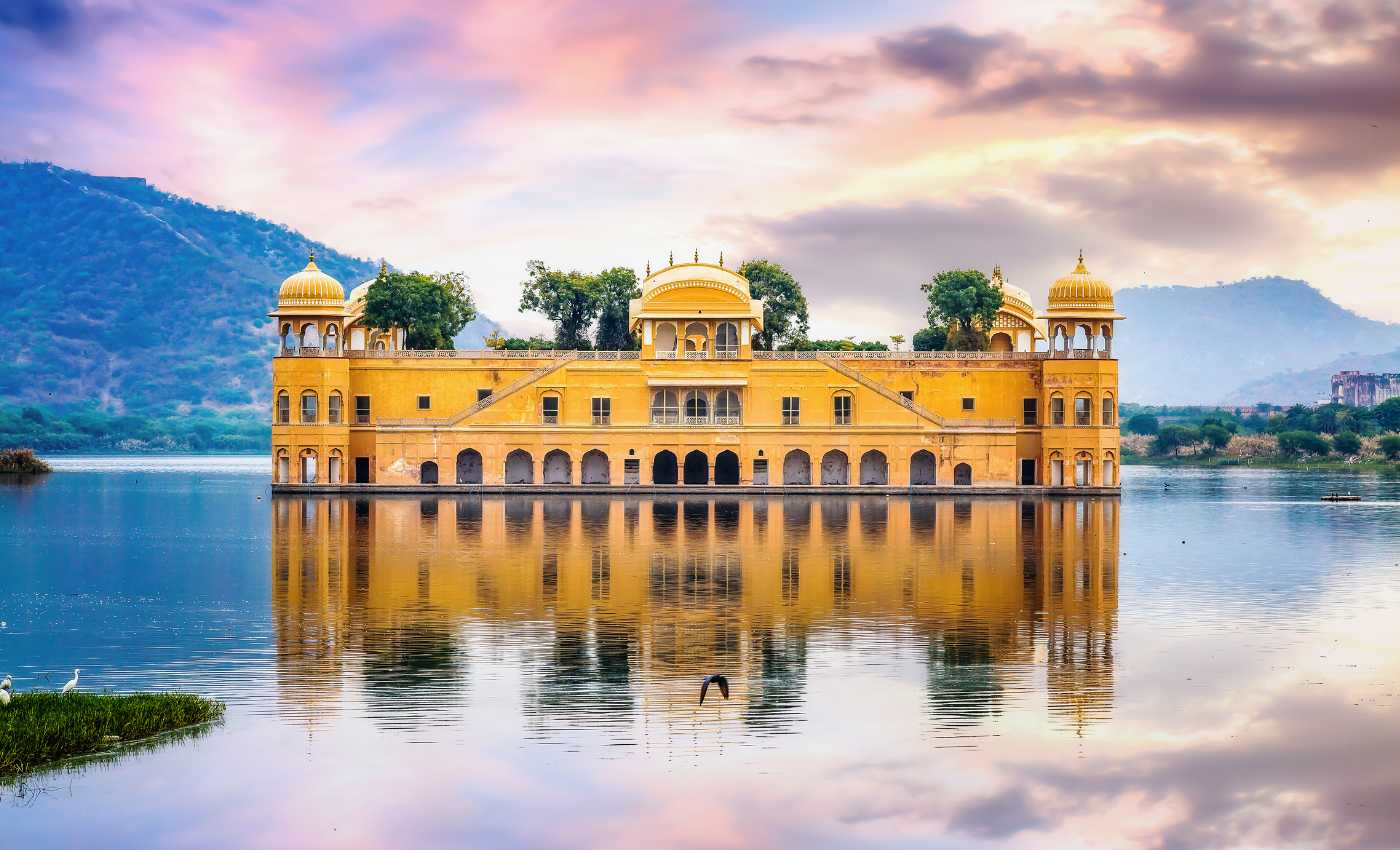
Jal Mahal, or the “Water Palace,” is a picturesque palace located in the middle of Man Sagar Lake. Built in the 18th century by Maharaja Sawai Jai Singh II as a hunting lodge, the palace’s unique location and stunning architecture make it a favorite spot for photography and relaxation. Although visitors cannot enter the palace, a stroll around the lake offers beautiful views of this enchanting structure.
Birla Mandir
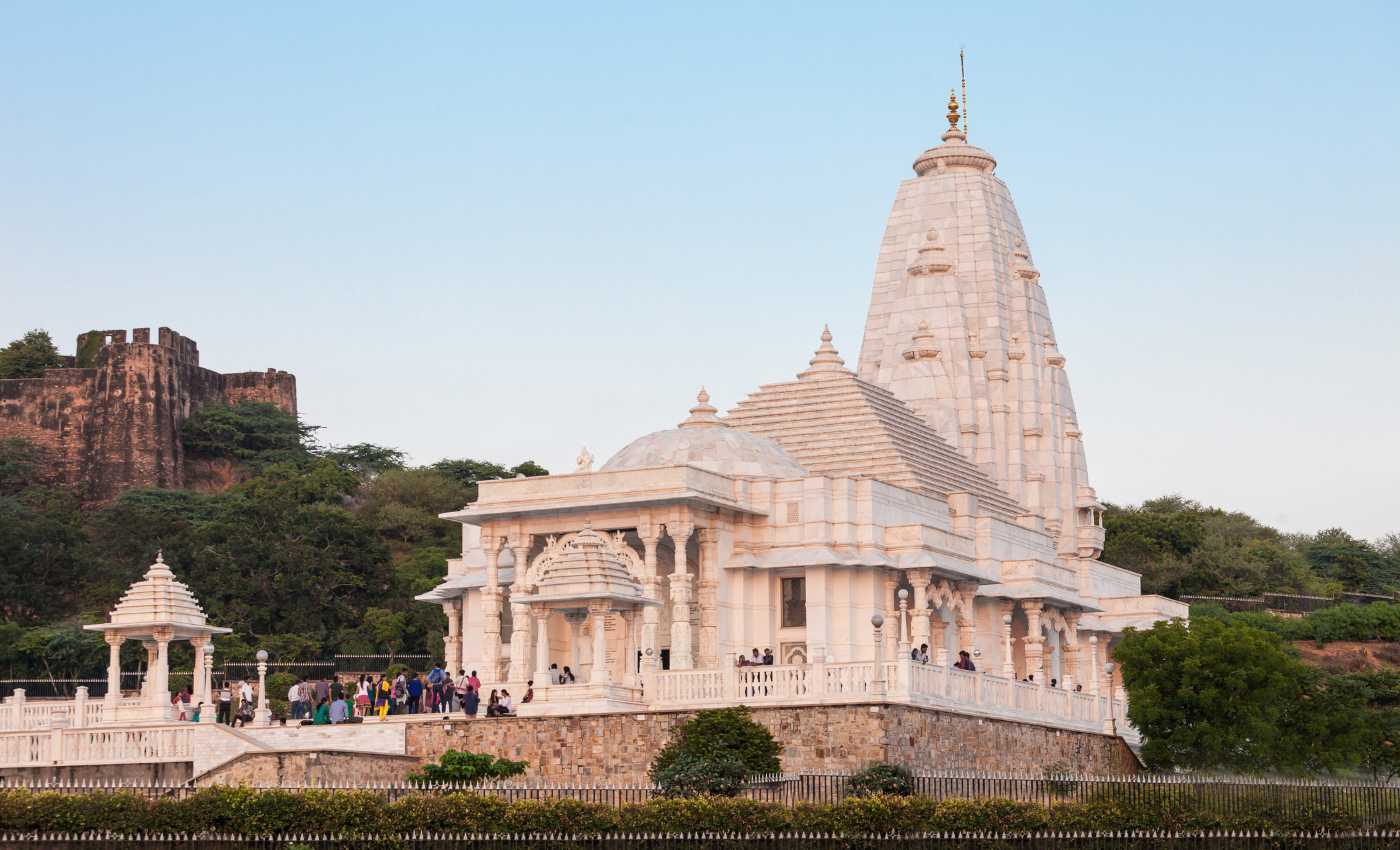
Birla Mandir, also known as Lakshmi Narayan Temple, is a modern architectural marvel dedicated to Lord Vishnu and Goddess Lakshmi. Built by the Birla family in the 1980s, the temple is known for its pristine white marble structure and intricate carvings. The temple provides a serene environment for prayer and reflection and offers panoramic views of Jaipur from its elevated location.
Read Also : Udaipur: The Jewel of Rajasthan – Unveiling its Enchanting Places to Visit
Raj Mandir Cinema
For a unique cultural experience, a visit to Raj Mandir Cinema is a must. Known as one of the most beautiful and iconic cinema halls in India, Raj Mandir is renowned for its lavish Art Deco design and luxurious interiors. Established in 1976, the cinema offers a nostalgic Bollywood experience and is an excellent place to catch a film in a grand setting.
Conclusion
Jaipur is a city that seamlessly blends the past with the present, offering travelers a rich tapestry of experiences through its historic landmarks, architectural wonders, and cultural treasures.
From the grandeur of Amber Fort to the charm of Hawa Mahal, each attraction in Jaipur tells a story of its royal heritage and vibrant culture. Whether you’re exploring majestic forts, admiring intricate palaces, or enjoying local cuisine, Jaipur promises a captivating journey through one of India’s most enchanting cities.


